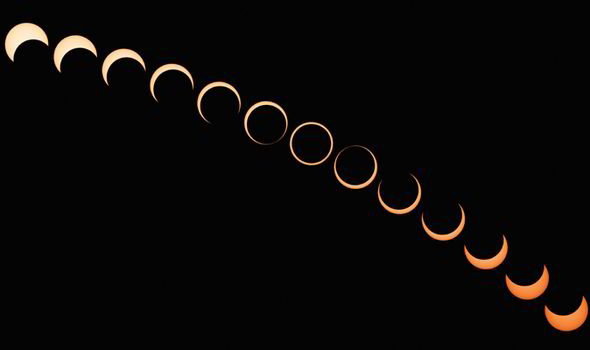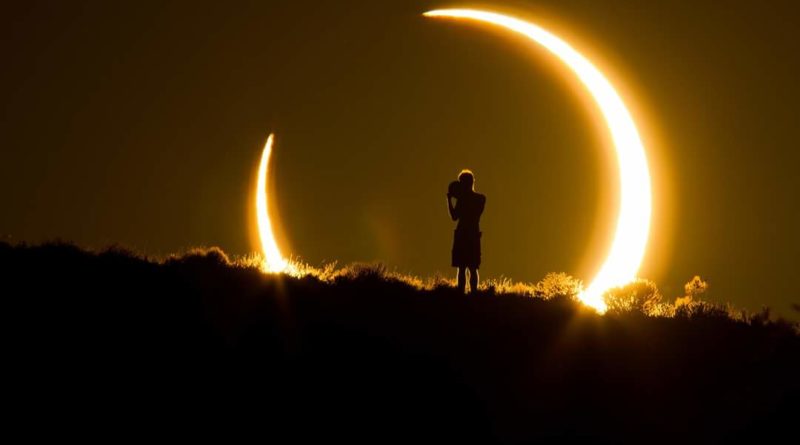WHATEVER YOU DO DON’T LOOK NOW.
What is a total solar eclipse?
A total solar eclipse occurs when the disk of the moon appears to completely cover the disk of the sun in the sky. The fact that total solar eclipses occur at all is a quirk of cosmic geometry. The moon orbits an average of 239,000 miles (385,000 kilometers) from Earth — just the right distance to seem the same size in the sky as the much-larger sun. However, these heavenly bodies line up only about once every 18 months.

Outside the path of totality, skywatchers in the continental U.S. and other nearby areas will see a partial solar eclipse, in which the moon appears to take a bite out of the sun’s disk. Two to five solar eclipses occur each year on average, but total solar eclipses happen just once every 18 months or so.
REMEMBER: Skywatchers should NEVER look at a solar eclipse without proper eye protection. Looking directly at the sun, even when it is partially covered by the moon, can cause serious eye damage or blindness.

As shown in the image we here in Nova Scotia can expect to see a partial eclipse of about 50%.



